Delacroix was one of the most important painters in world history. Though it didn't keep him from dying alone.
It's possible Delacroix was the bastard son of French political powerbroker Talleyrand. Escándalo! They looked more alike than Delacroix's purported father, who worked for Talleyrand and was away when baby Eugene was born. Talleyrand was also a force behind the continuous flow of public commissions awarded to Delacroix throughout his career. Despite Delacroix's increasingly anti-colonial and overall critical views of the French government. Most of these views were formed from a trip to Morocco which, aside from the colonial thing, was pretty chill. All of his greatest works involving animals are rooted in his Moroccan experience.
Delacroix was a lifelong bachelor. But he got by with a little help from his friends. One of his closest BFFs was fellow French Romantic luminary Theodore Gericault. Delacroix, in fact, posed as a starving cannibal in Gericault's Raft of the Medusa. He was also a member of the Club des Hachichins, or The Hashish Club. Basically, French literati and artistic notables would gather dressed in whatever they thought "traditional Arab garb" looked like and drink coffee laced with a healthy amount of hash.
Delacroix's work was incredibly divisive. One early critic said "he painted with a drunken broom." But Delacroix superfans like contemporary critic (and fellow member of his hash club) Charles Baudelaire would say, "Delacroix, lake of blood, haunted by evil angels." Which is... what? Good? Is that how we describe things we like, Charles? It must be, because another Delacroix supporter described the painter as a bouquet concealing a volcano.
Delacroix's style and persona disqualified him from the 18th century French painting version of an Oscar: a teaching post at the Ecole Beaux-Arts. To them, Delacroix was 'monstrous.' Still, Picasso and Van Gogh made copious interpretations of Delacroix's work while learning to paint. And the Impressionists categorically cite him as their progenitor. That's a pretty damned good endorsement.
Delacroix left the world one of the most studied tracts on art. That is, he wrote about art in a private journal that's widely published. Truthfully, his dying wishes were to have the journal destroyed. However, his housekeeper, another superfan, was entrusted with said book burning. Realizing the journal's power, she handed it over to one of Delacroix's close friends. Soon after, it's a best seller. It's little wonder that Delacroix didn't want anyone reading it, though. In one passage, he's musing on the artistic merit of his favorite English painters and in the next sentence writing about how long it's been since he got laid. (Apparently, it was a long time.)
As a tribute for his contributions to French culture, his visage was used alongside his most famous painting on the 100 franc note. If you find one of these from that sophomore year French backpacking trip laying around, you may as well scrapbook it. The French government rescinded the note's legal tender status in 2009, so it's worthless.





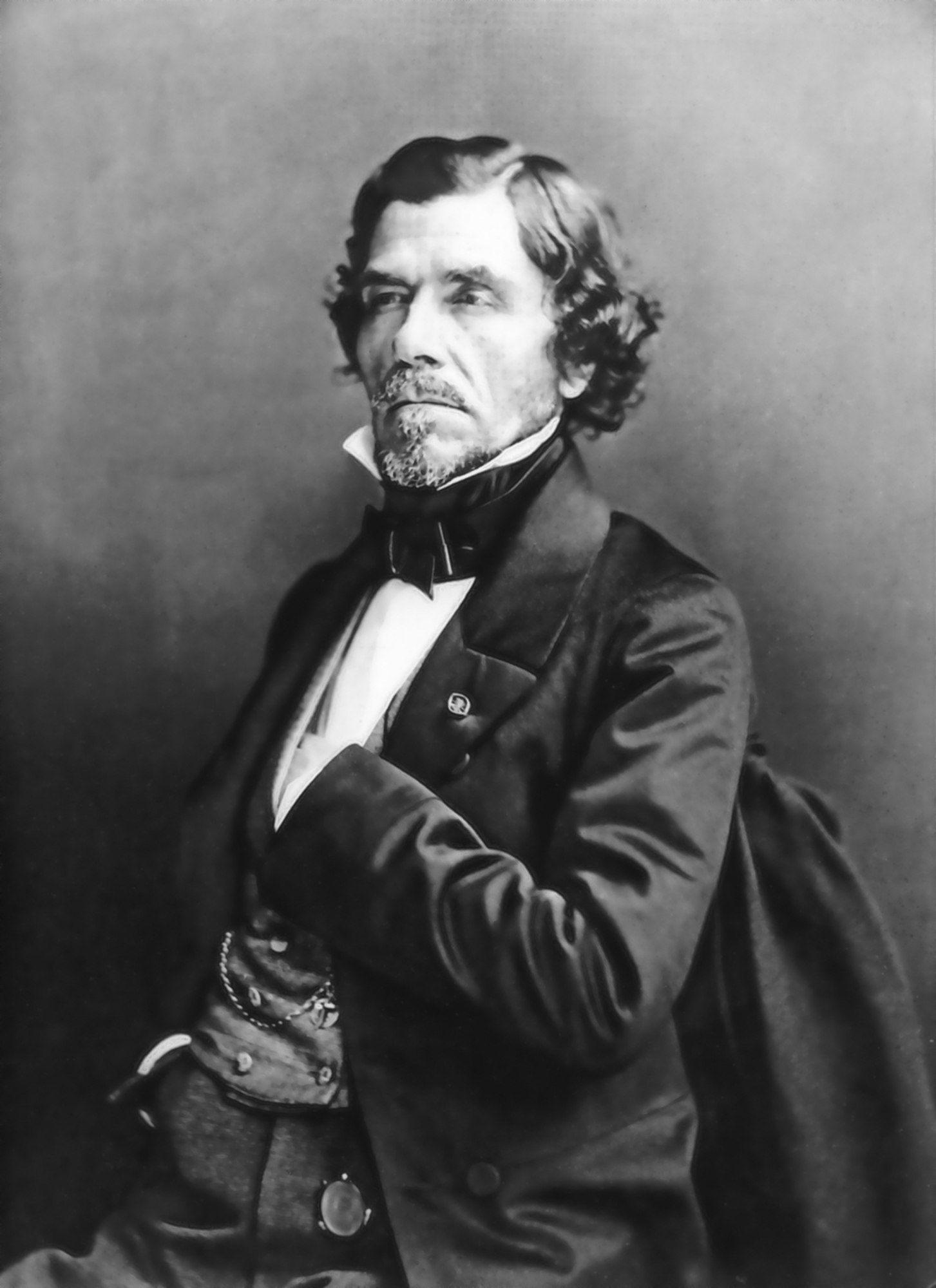
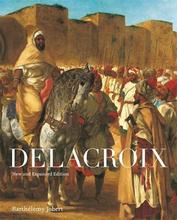
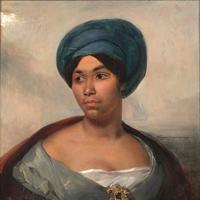
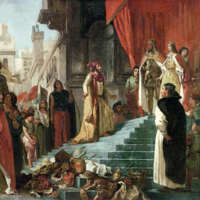
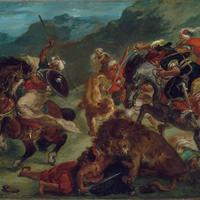
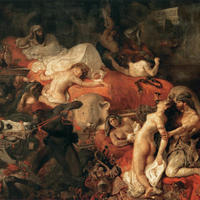
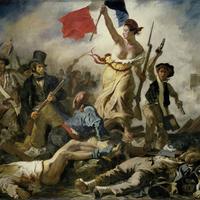










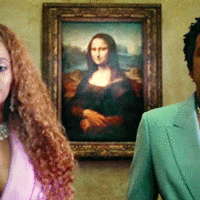
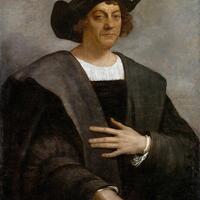
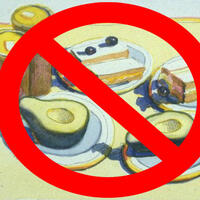
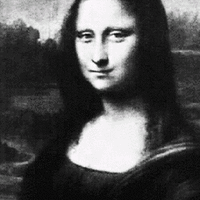
I love Liberty Leading the People, but I think I gotta go with Ingres on the whole art scene!